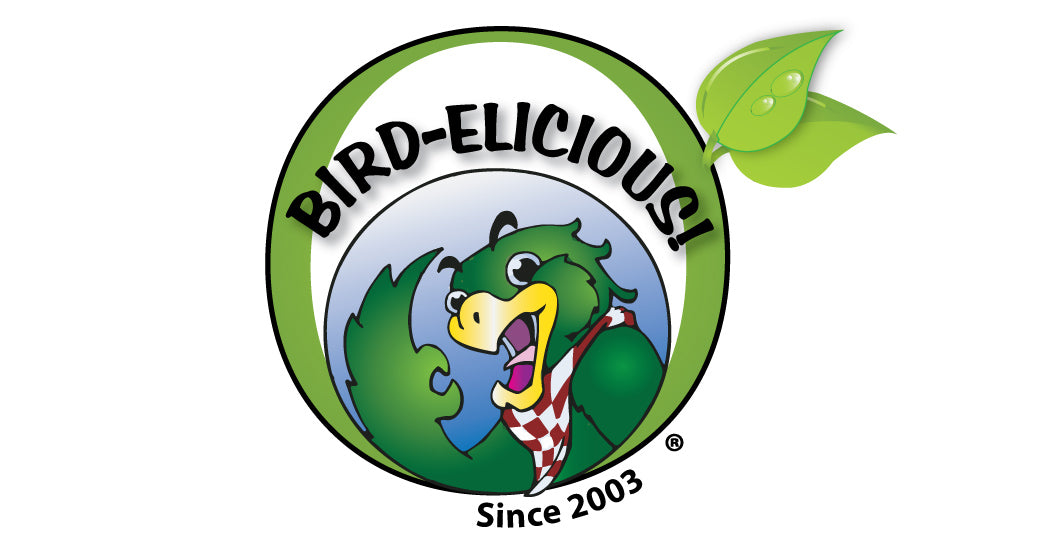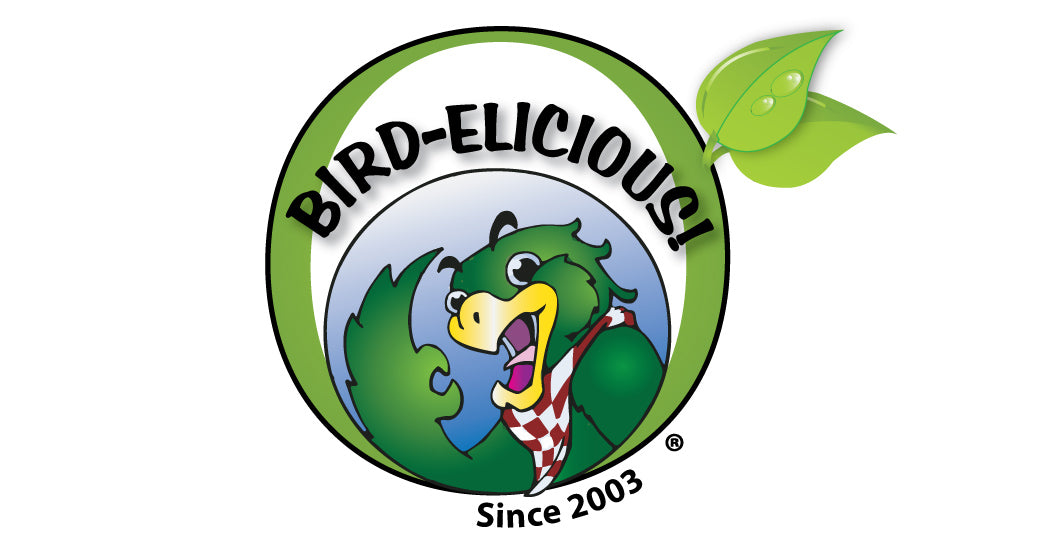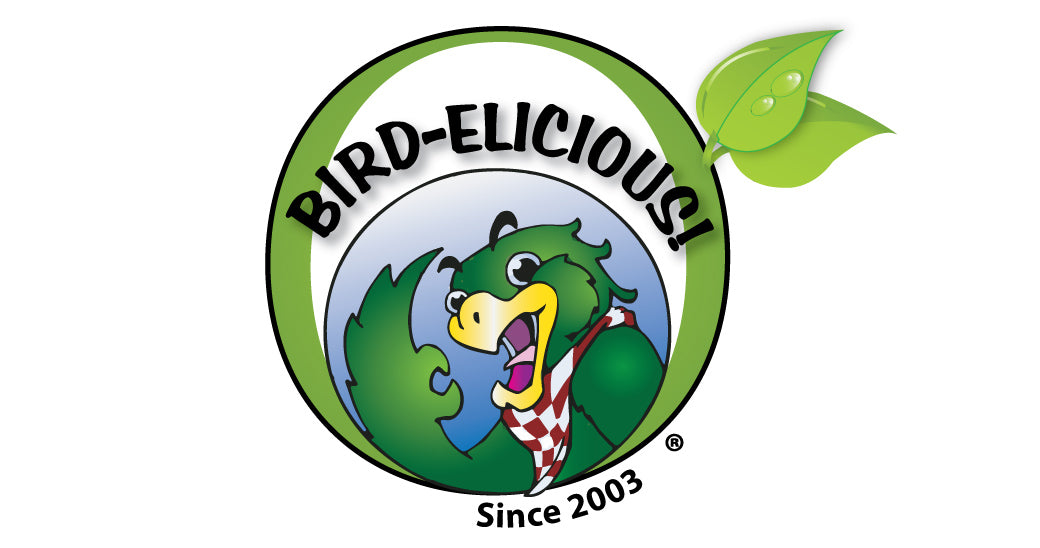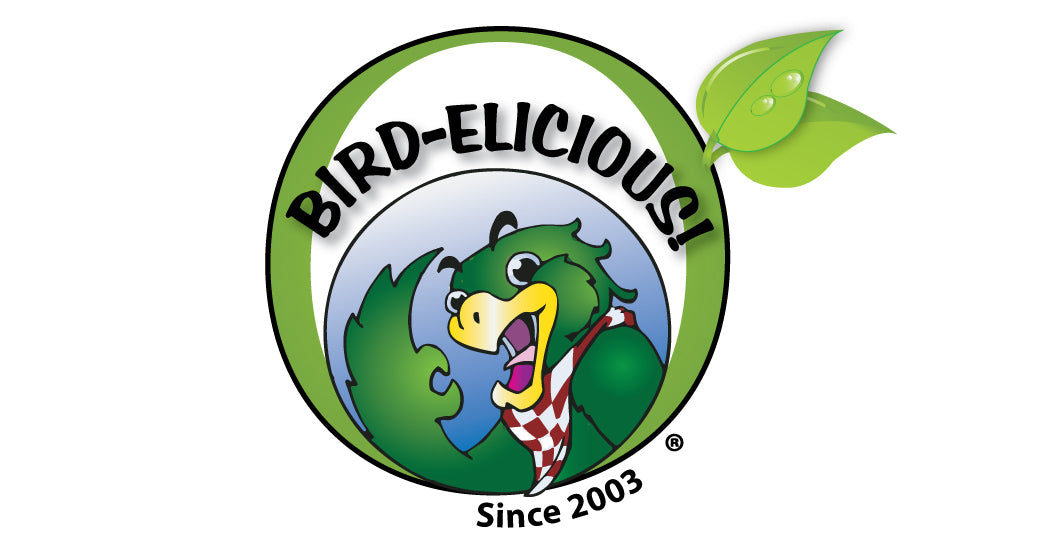“Natural” Food Ingredients That Should Come With A Warning Label!
“Warning: May cause negative reactions, adverse symptoms, super-sensitivities or trigger allergies.”
Some “natural” substances we use need to come with warning labels.
While maybe only a small minority in our society need this type of labeling, this information is crucial to the minority who need it!
Most people don’t suffer from intolerances and sensitivities to naturally occurring food constituents, therefore those people usually don’t even give a second thought about people and animals who do suffer. There are, however many, many people and animals that do suffer food sensitivities and true allergies to naturally occurring food constituents. I would like to raise awareness so that those who do not suffer are made more aware just in case you are caring for an animal that may be suffering and you hold the power to make their lives more comfortable.
I don’t plan on listing every single, individual food that could potentially cause a sensitivity, allergic reaction or even death for our beloved parrots or other animals we keep as pets. An in depth list such as that would require a short book. What I do wish to do is explain in this short blog a couple of constituents I feel we need to be on the lookout for that I have found to be potential triggers for not only humans, but for parrots.
Due to my own genetic blood disorder causing me to experience uticaria/puritus (severe itching of the skin), severe and ongoing daily migraines, tinnitus (ringing in the ears), sneezing, wheezing and coughing, IBS (irritable bowel syndrome), bloating, RLS (restless leg syndrome), MCS (multiple chemical syndrome), AI (adrenal insufficiency), joint pain and other symptoms mainly due to overall auto-immune disorders and complete failure, I can very well identify and empathize with our exotic birds who suffer very similar symptoms. Unfortunately auto-immune failure is exactly what our beloved parrots have fallen victims to as well. I have written many articles in regards to the “how” and “why” this has happened to our parrots, the point in this article is not explain how or why, but what foods we need to avoid feeding them so the symptoms are not triggered.
After seeing doctor after doctor after doctor, and none who could help me I decided to continue the search on my own to find what was causing my own symptoms. Doctors only wanted to prescribe medicines to cover up my symptoms; I wanted to get to the root of the symptoms so that I would know what to stop doing that was causing the symptoms in the first place. Yes, I know I had a genetic blood disorder that was the basis for everything I was experiencing, but I had a gut feeling there was more I could be doing to help myself. I began an elimination diet, slowly removing certain foods to see if I experienced any relief. What I learned shocked me! Long story, short I had to identify what it was in the foods I finally had to eliminate that was triggering my symptoms. When I did I also learned what was triggering my birds! Once I removed those sources both me and the parrots I care for finally began to heal.
Some people have allergies to nuts, some to peanuts (a legume, not a nut), some to this, some to that. The foods that trigger me and my parrots all had some commonalities; they all contain histamines and salicylates. I found out that me and the chronically ill parrots I care for have extreme sensitivities to naturally occurring food histamines and salicylates. This is very, very frustrating because almost all foods contain one or both of these constituents! The interesting information in all of this is that when I began dramatically reducing both of these food constituents in the diets of the feather destructive parrots I care for in my sanctuary, they began healing too!
Do I have your interest piqued? I hope so because these two naturally occurring food constituents can wreak havoc in people and animals who have any kind of auto-immune disorder, food sensitivity or allergy. They can even trigger anaphylactic shock and cause death!
I have one parrot who if exposed to histamines and salicylates actually begins to sneeze, wheeze, cough, his skin turns red, he begins to pull as his skin, plucks his feathers and sounds like he is going to succumb to suffocation! Folks, this is no laughing matter, even the slightest of sensitivity can turn into the worst nightmare if it takes a turn for the worse with repeated exposure to the trigger.
Unfortunately these histamines and salicylates are everywhere and in everything. First of all they are found in the very foods we feed our parrots. Naturally occurring salicylates are most abundant in domestic fruit and vegetables and very high in spices and herbs. Secondly, laboratory-produced salicylates are purposely used in OTC (over the counter) remedies and pharmaceutical preparations. First they are used as drugs themselves, but also as excipients! (Here is a partial list of OTC remedies for humans salicylates are found in. Here is a warning about salicylate over-consumption.) In fact salicylates are actually blood thinners! Too many in the system can thin the blood so much that internal hemorrhaging can occur! This really concerns me. There are several OTC remedies produced for our beloved birds that contain salicylates as excipients and it is not stated on the labeling that salicylates are in the product. FDA does not require that oral “salicylic acid” is listed up to 16mg due to the fact that there is no real nutritional value in salicylic acid. Yet, the FDA does provide labeling for professional practitioners, but this labeling is not required or provided for the general public. Clearly salicylic acid is a naturally occurring constituent we all need to be aware of. What exactly is salicylic acid? Aspirin. What does aspirin do to the blood? Prevents blood platelet aggregation. In other words it acts as a blood thinner. So if you are using OTC remedies on your bird, especially more than one, plus you are feeding foods that contain salicylates, please be careful you could be thinning your bird’s blood to the point of potential respiratory arrest and/or internal hemorrhaging.
“Aspirin also affects carbohydrate metabolism. Although well known, this property has not been applied substantially to clinical medicine. After administration of aspirin, glucose levels rise in a normal person but fall in one who has diabetes.” (1) While the decline of glucose levels may seem like a positive thing for our birds who are suffering from avian diabetes, for those birds who are not this is not a good thing. Birds have blood glucose levels much higher than humans. Artificially lowering their levels by the ingestion of too many salicylates on a regular and reoccurring basis could potentially permanently interrupt their normal endocrine system.
Once a body’s system has “decided” that these constituents are invaders the body begins to fight off these invaders. Simply explaining, one of the methods the body uses to fight off these perceived invaders is for the mast cells to begin producing too many endogenous histamines to counteract the incoming exogenous histamines and this is what causes the allergic reactions. It’s an auto-immune system gone haywire. Often it’s due to “leaky gut” and unhealthy gut flora too. Fortunately leaky gut can be healed, but that requires a long, long period of time and very restricted diet. In the meantime all we can do is make sure our parrots don’t consume foods containing histamines and salicylates. Yet, how do we ensure we are feeding a “balanced” diet complete with all of the proteins, carbohydrates, dietary fats, vitamins and minerals in a diet so restricted? Therein lays the million dollar question.
If you have a parrot that is suffering from itching, feather destruction, sneezing, wheezing, coughing, frantic preening, off and on vomiting, shows periods of agitation, pinkish or reddish skin from time to time, or other symptoms not normal for a generally happy, healthy parrot you may want to consider sensitivity to histamines and/or salicylates. I cannot stress strongly enough the importance of monitoring the levels of histamines and salicylates your companion bird ingests, especially with all of the OTCs now offered by so many companies promising their products can do this or that for your bird. “Buyer beware” if the OTC you are considering comes in a laboratory-produced powder or liquid formula. The bottom line is products manufactured for animals are not required to be tested as thoroughly as products for humans, AND if the products for humans are not required to list salicylates how much more lax is the FDA in labeling the products for animals? Probably A LOT! In my opinion I believe OTC products need to come with a warning stating “this product may contain salicylates” and may contribute to food sensitivities, allergies, and in extreme cases anaphylactic shock if over-consumed. The bottom line folks is that you need to know your individual bird in order to know the limits and amount of tolerance to these food constituents. We must remember that a bird’s system is much smaller and overall much more delicate and sensitive than ours. In the end you are responsible for your bird’s health, no one else.
Ref: (1) http://www.ncbi.nlm.nih.gov/pmc/articles/PMC1503515/pdf/califmed00023-0045.pdf.
©6.25.15 Machelle Pacion Passion Tree House LLC All Rights Reserved




Leave a comment (all fields required)